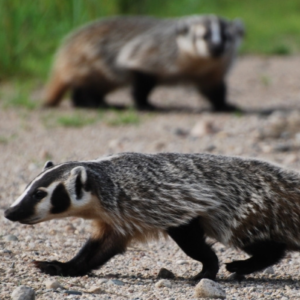
Barn Swallow Nature Canada
According to legend, this swallow got its forked tail after angering a god. Save endangered species today by joining one of our campaigns! Help End the Extinction
Vital Signs
- Common name: Barn Swallow
- Latin name: Hirundo rustica
- Conservation Status: Special Concern
- Range: Alberta, British Columbia, Manitoba, New Brunswick, Newfoundland and Labrador, Northwest Territories, Nova Scotia, Nunavut, Ontario, Prince Edward Island, Quebec, Saskatchewan, Yukon
- Life span: Average 4 years, but ages of 8 and 16 years have been recorded
- Size: length of 15-19 cm, weigh 17-20 g, wingspan of 29-32 cm

Barn Swallows are dark blue on their back, wings, and tail. Their underbelly is a rusty red colour, which gets darker on their face and throat. The colours of the male birds are bolder than the females’. Unlike other swallows, the Barn Swallow has a forked tail.
Barn Swallow Facts
- Used to make their nests in caves, but now they almost always make them on man-made structures
- Flies close to the ground, but can reach heights of up to 30 metres
- It’s thought to be the fastest species of swallow, flying at speeds of almost 75 km/h
- Sometimes young Barn Swallows help their parents feed newly hatched chicks

Threats
There are many threats to the Barn Swallow, including a loss of prey (insects), climate change, and a loss of nesting sites.
The Barn Swallow is an insectivore, meaning it eats insects through its entire life. The lack of available prey may be contributing to the decline in Barn Swallow numbers—a decline that’s seen in many flying insectivore populations.
Climate change is affecting the swallows by causing weather events and changes that put them at risk. These include things like hurricanes and cold snaps, and are an even bigger risk for Barn Swallows who migrate over longer distances.
Barn Swallows are losing nesting sites since modern buildings don’t have suitable surfaces for building on.
What’s Being Done
The Barn Swallow is protected under the Migratory Birds Convention Act (1994), which also protects their nests and eggs.

Canada has committed to the goal of protecting 30% of lands, ocean, and freshwater in Canada by 2030. This goal will help protect ecosystems, restore habitats, and fight climate change. All these things are a step in protecting Canada’s at-risk animals—so let’s hold the federal government to their promise.
How to Help
- Learn: Stay informed about Barn Swallows and share this information with your family, friends, and community.
- Take Part: Join the Save Our Swallows campaign.
- Start At Home: Make your house and backyard bird-friendly! The Cornell Lab has tips for how you can help Barn Swallows (link below).
- Learn: Stay informed about endangered species by signing up for Nature Canada’s monthly e-newsletter.
- Find out more: Help us end the extinction by taking action for nature today—visit conservation websites like Nature Canada or join one of our campaigns!
RESOURCES
- The Cornell Lab – All About Birds: Barn Swallow
- COSEWIC – Assessment and Status Report
- Hinterland – Who’s Who: Barn Swallow
- Species at Risk Public Registry – Barn Swallow
Want to Help?
Hello nature life wilderness is the world’s envy. It’s our duty to keep our true north strong and green.
Donate

